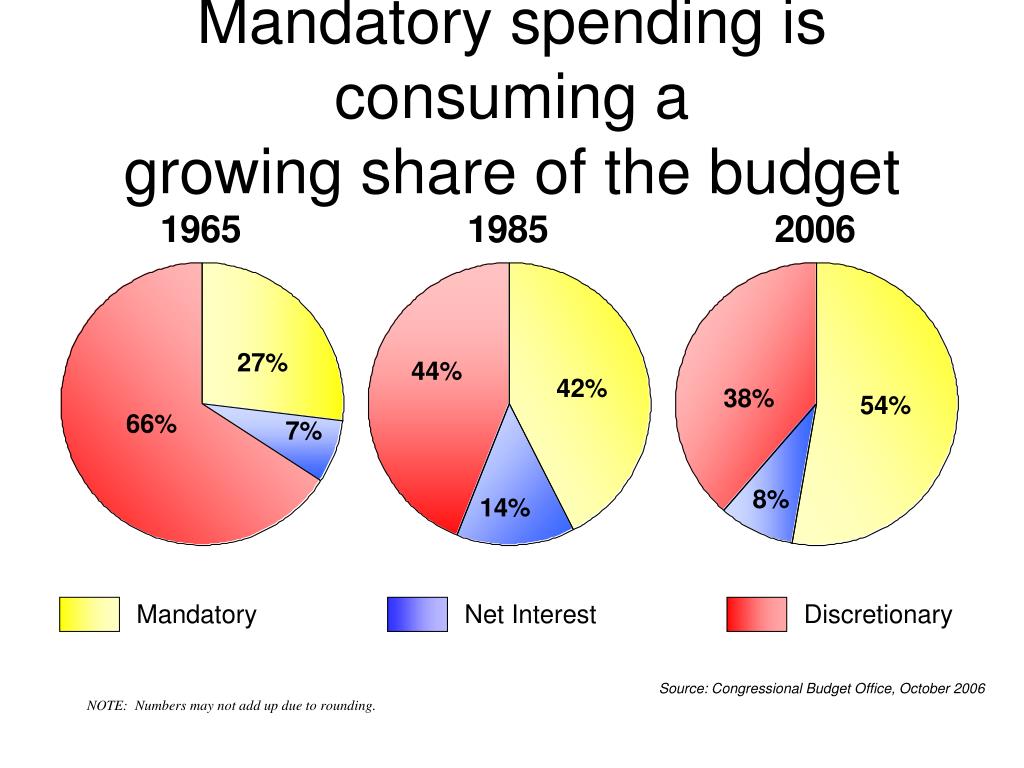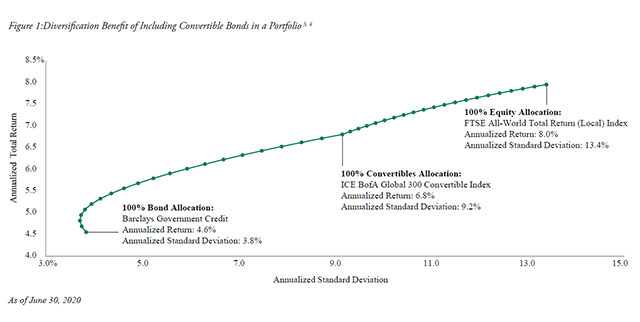
An important point is that we have sufficient data to discern when a recession is starting in real time, which is a solid foundation for implementing automatic stabilizers.

The first chapter lays out the case for automatic stabilizers in detail. There will likely still be a need for discretionary policy but by automating certain parts of the response, the United States can improve its macroeconomic outcomes. Such well-crafted automatic stabilizers are the best way to deliver fiscal stimulus in a timely, targeted, and temporary way. Using evidence-based automatic “triggers” to alter the course of spending would be a more-effective way to deliver stimulus to the economy than waiting for policymakers to act. Increasing spending quickly could lead to a shallower and shorter recession.


This volume lays out a set of changes to fiscal programs to improve the policy response to a recession in the United States. Recessions have many causes-financial markets crashing, monetary policy tightening, consumers cutting spending, firms lowering investment, oil prices shifting-but at some point, economic expansions end and the economy begins to contract. economy has been in a recession for about one of every seven months and for at least one month in roughly one-third of the years over that period. A constant in the history of economics is that countries encounter recessions.


 0 kommentar(er)
0 kommentar(er)
